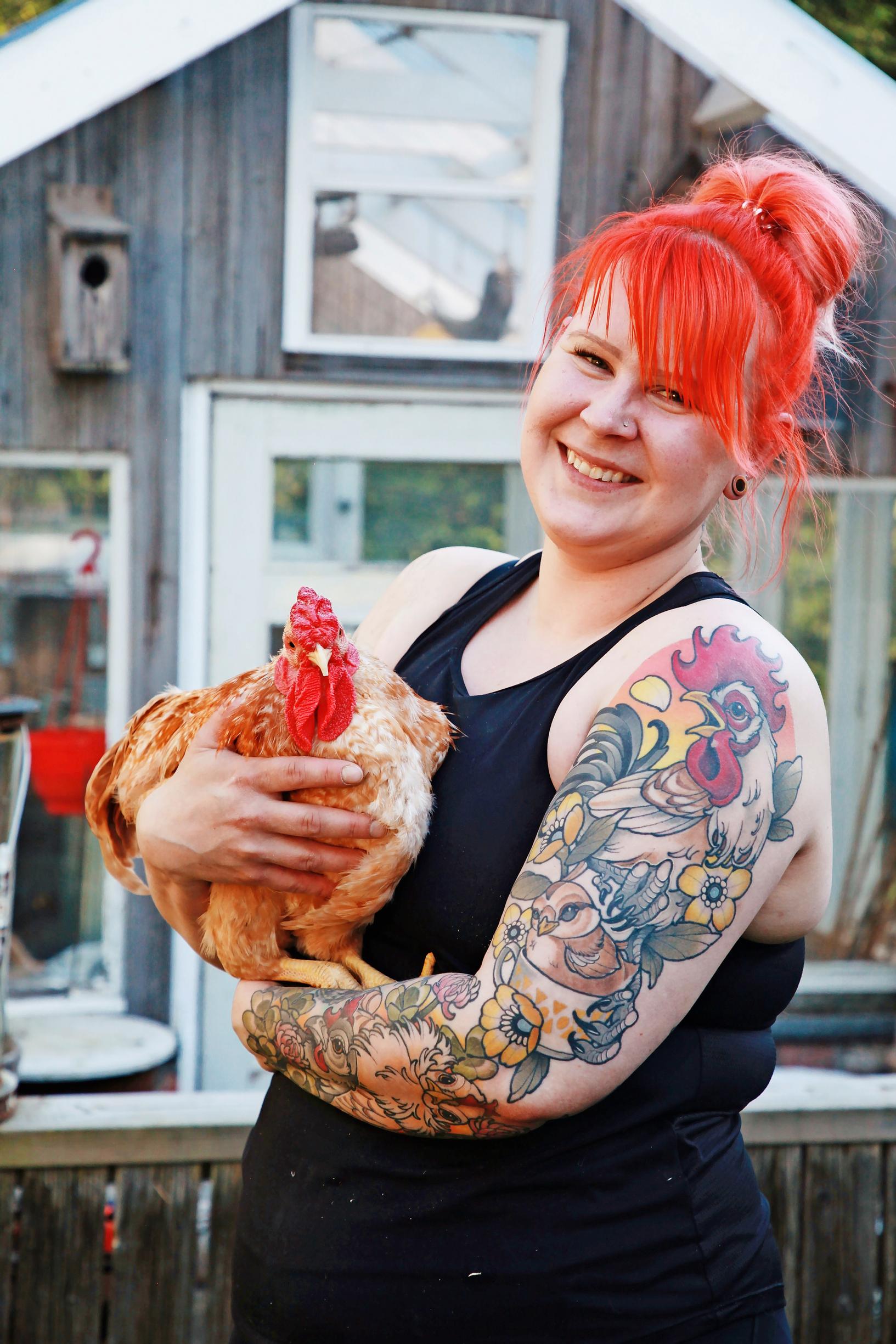
“I get chick fever”: Around twenty clucking hens live in Anna-Kaisa’s year-round backyard chicken coop
Anna-Kaisa Klemola, 37, delights in nearly year-round eggs from her backyard chicken coop and hatches the chicks herself. The chickens are also pets that decide for themselves whether they want to be held.
Four years ago, Anna-Kaisa Klemola dreamed of having a few summer hens for fresh eggs, but giving up the cluckers each autumn felt wrong. Now, around twenty hens, as well as roosters Bauser and Åke, live year-round in the chicken coop built in the outbuilding of her home. New chicks hatch annually.
Anna-Kaisa, what are chickens like as pets?
Chickens are beautiful birds, and they’re always active and making noise. They’re really curious—if a string is hanging from my clothes, they’ll come tug at it. Chickens are smart and learn quickly when you handle them and reward them with treats. I’d love to teach them tricks, but I don’t have the patience for it.
Chickens have their own personalities and temperaments, from gentle to spirited. Some are tamer and bolder than others. I like the fact that a chicken can decide for itself whether it wants to be held or not.
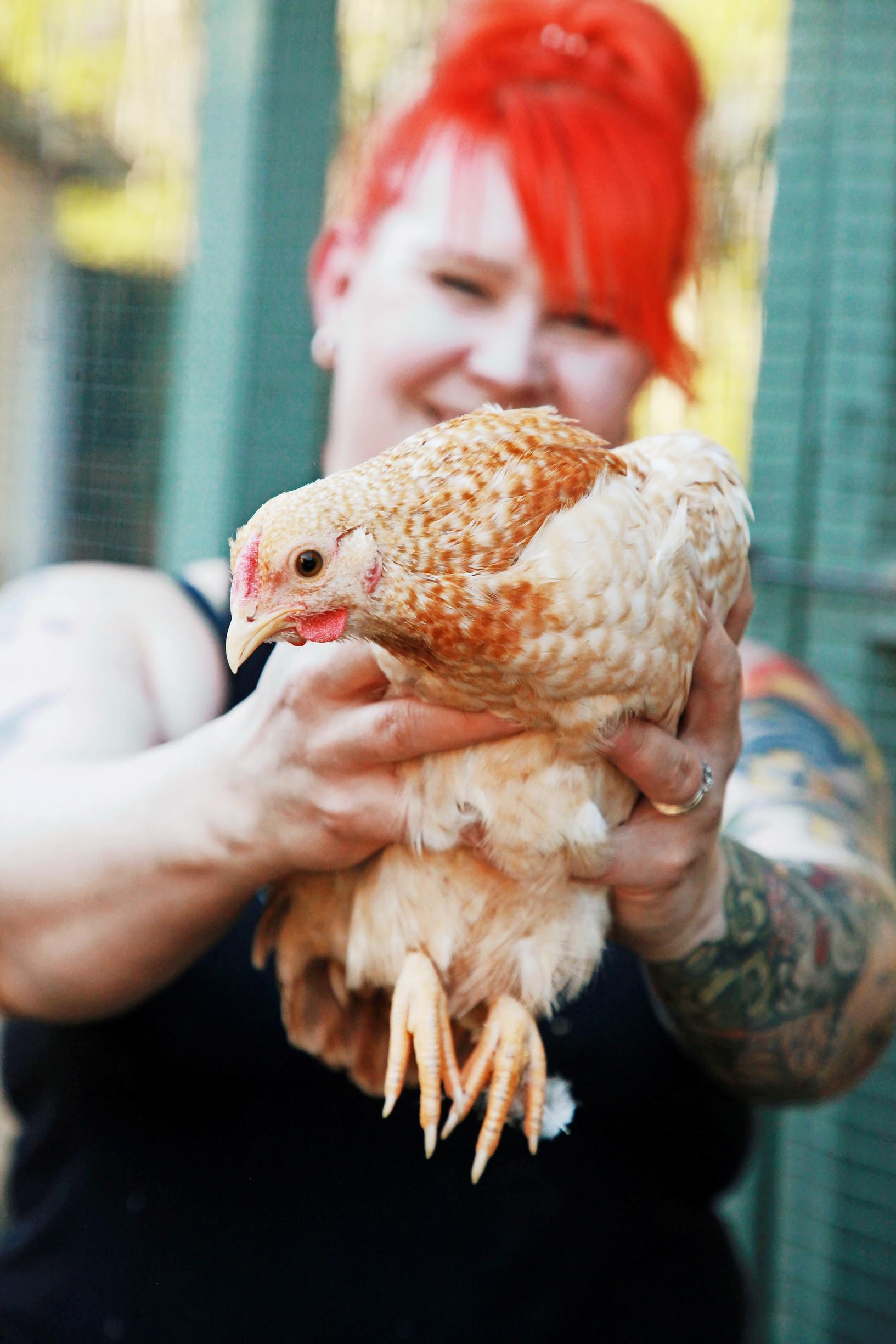
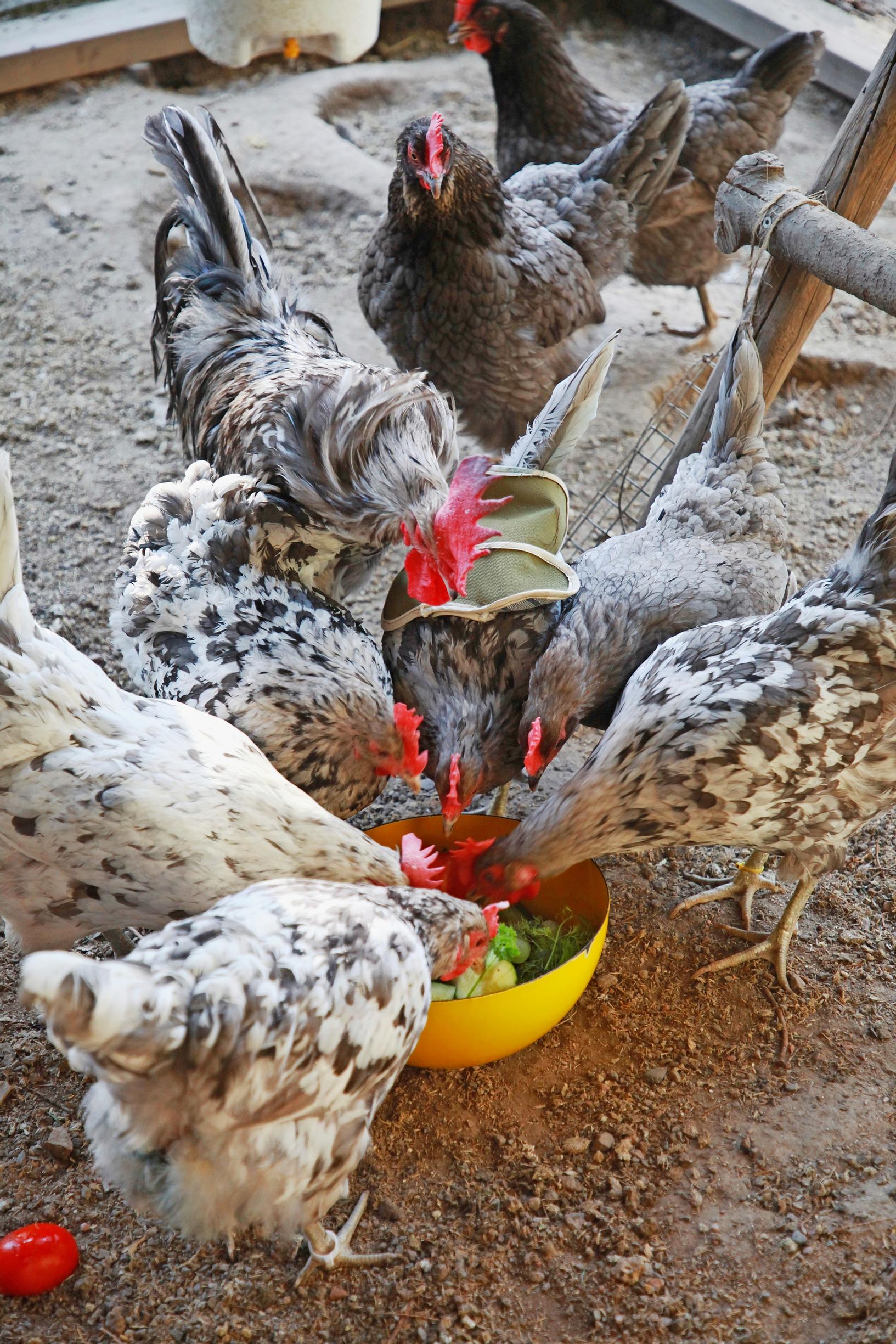
What does taking care of a chicken coop require?
As with any animals, you need to learn about caring for chickens before getting them, but it’s not difficult to look after them. My coop has automatic water and feed dispensers and a timed outdoor gate closer, partly for neighborly harmony. Chickens can manage a night or two without care. If we’re away for several days, my mother-in-law acts as an emergency backup caretaker.
I tend to the chickens every evening and pick up the biggest droppings. When I’m heading out to the coop, I tell my family I’m going to have my chicken therapy. I often stay in the coop to sit and watch the chickens’ antics. It’s fun and relaxing. I usually narrate my activities to the chickens and chat about things like egg laying.
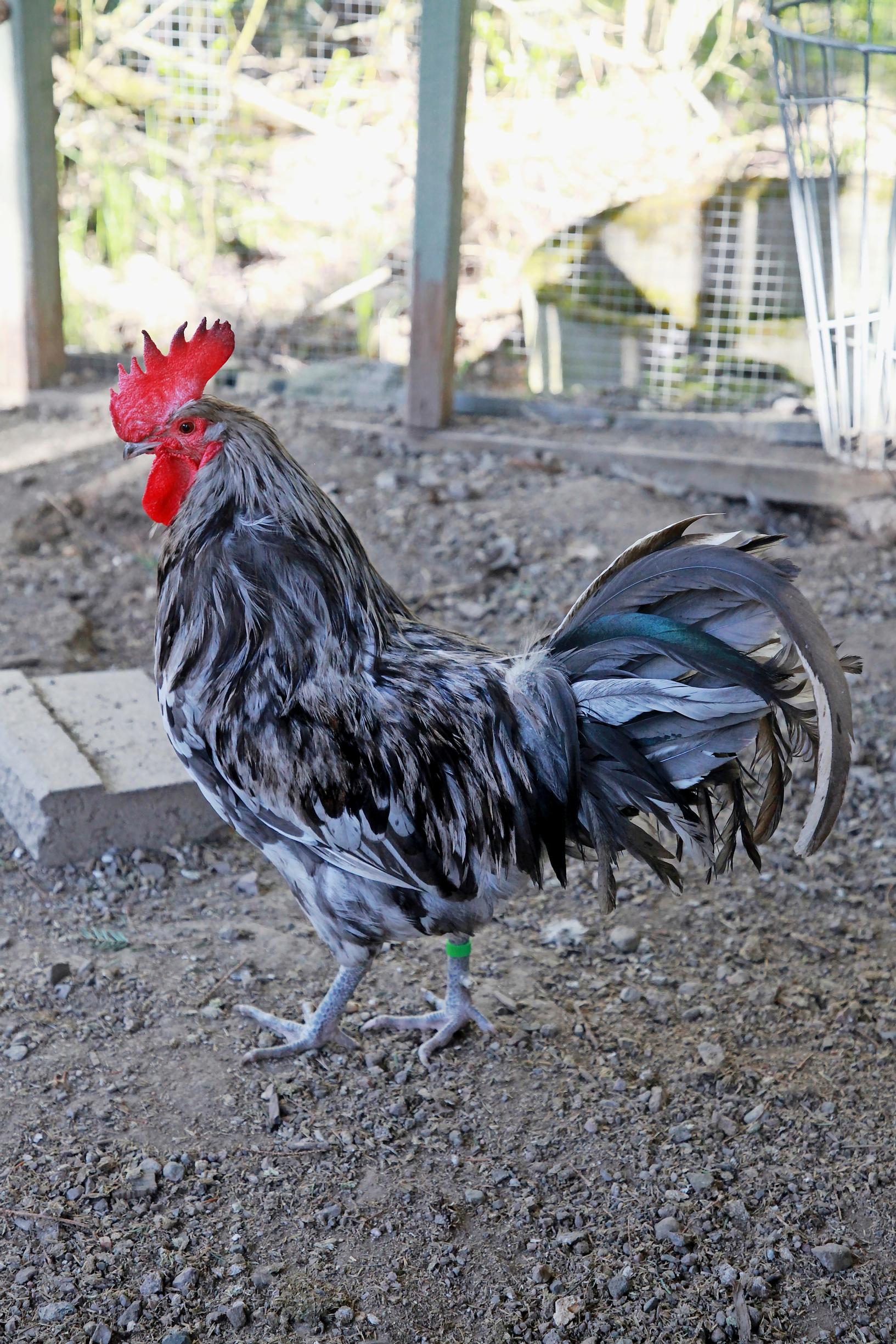
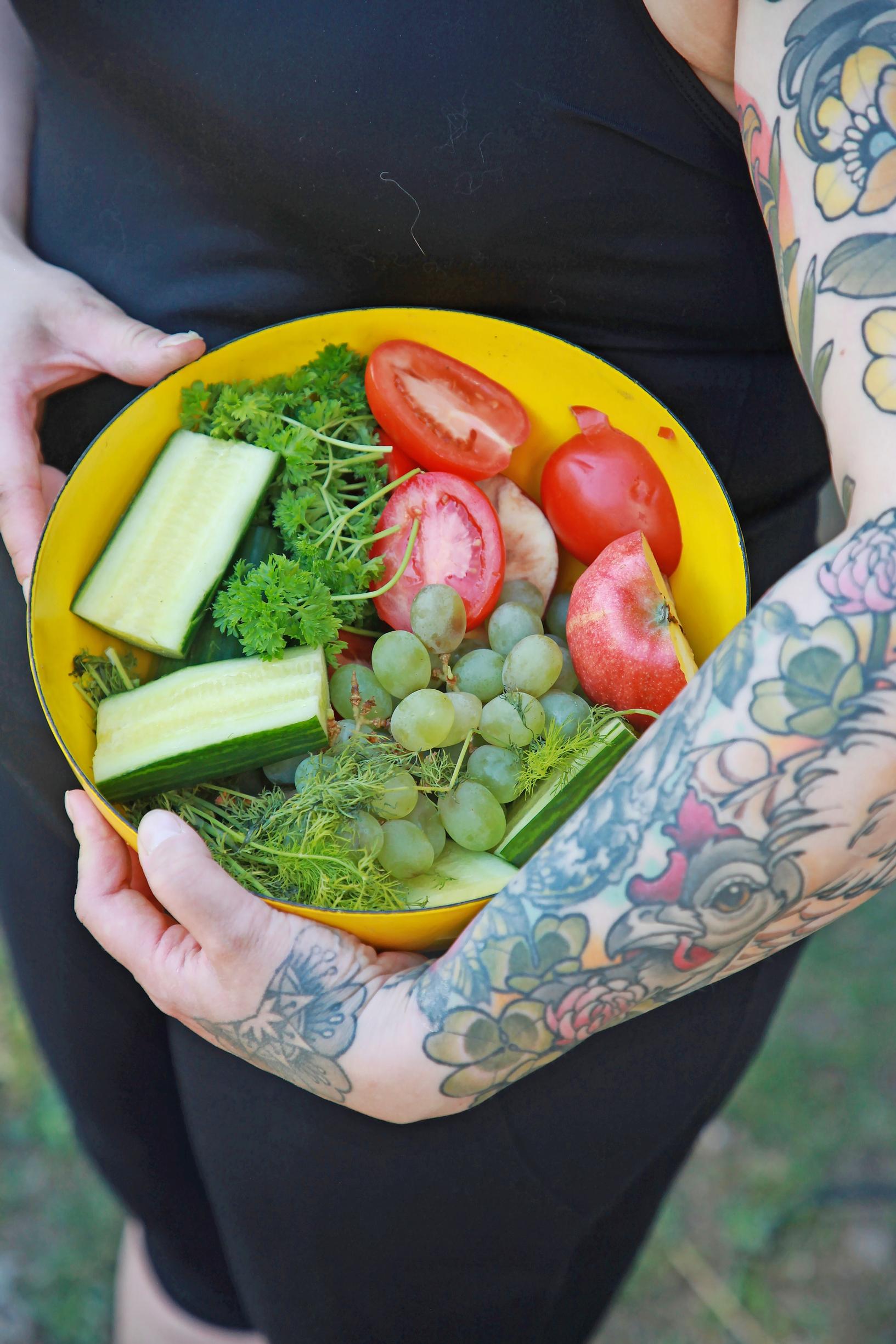
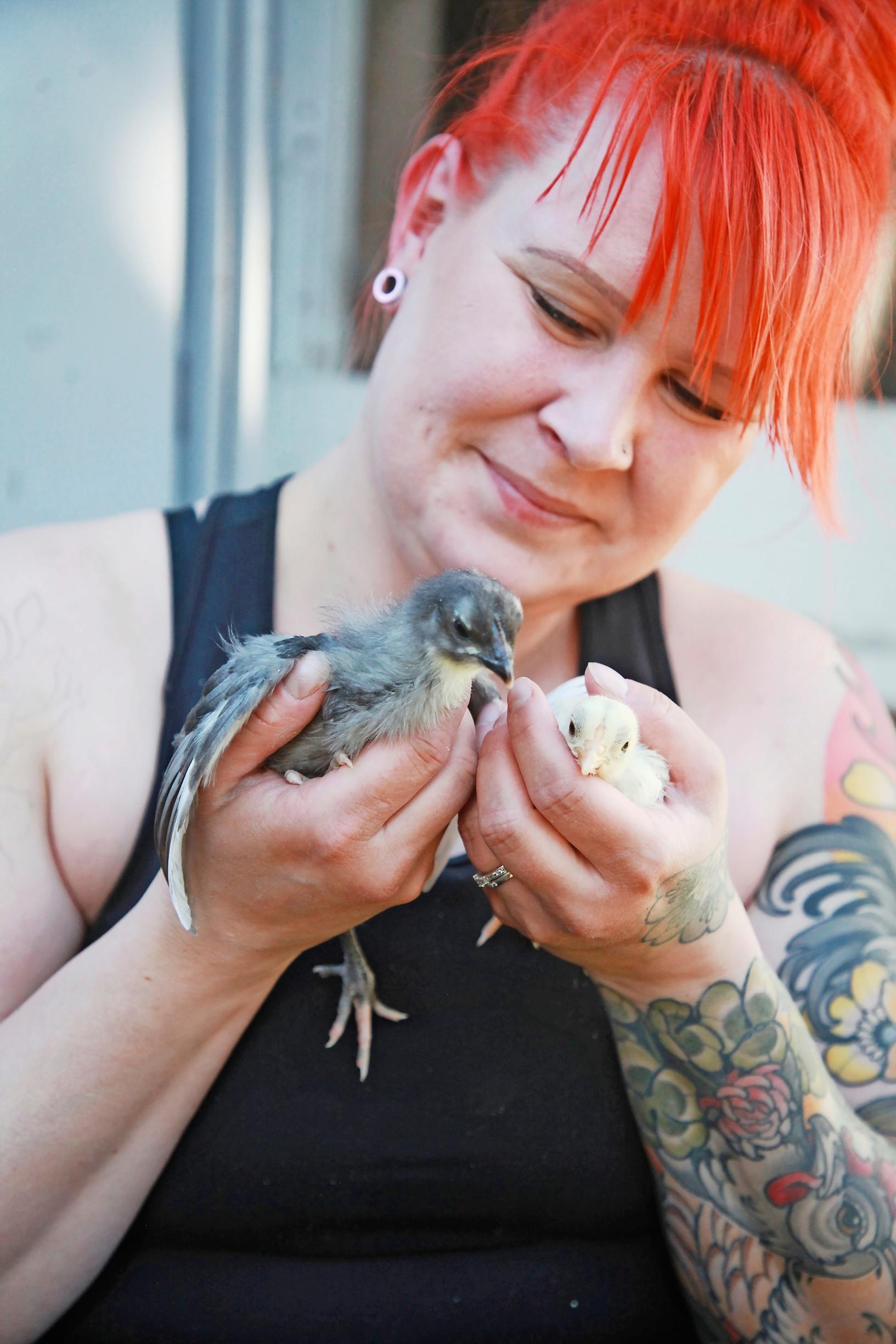
You raise the chicks yourself; what’s it like?
I cuddled and petted my first chickens from when they were little chicks, so they became very bold and tame. I hatched the eggs with a borrowed incubator and with the support of experienced enthusiasts, because I wanted to take care of the chicks myself from the very beginning.
I spend quite a bit on eggs to hatch, because I get chick fever every spring. It’s fun to hatch chickens of many different breeds. My dream is to have an old barn that would have space for an endless number of chickens of various breeds.
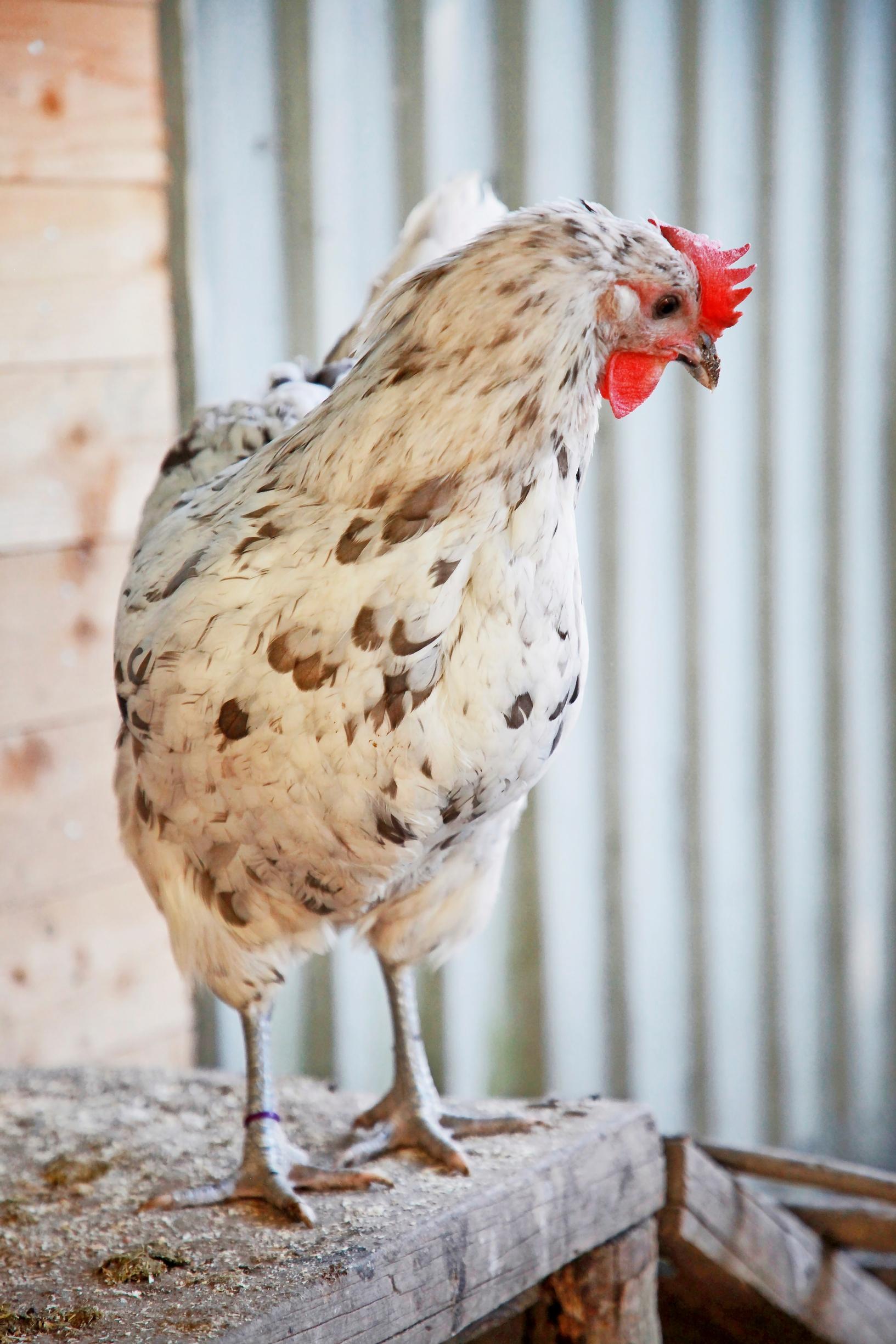
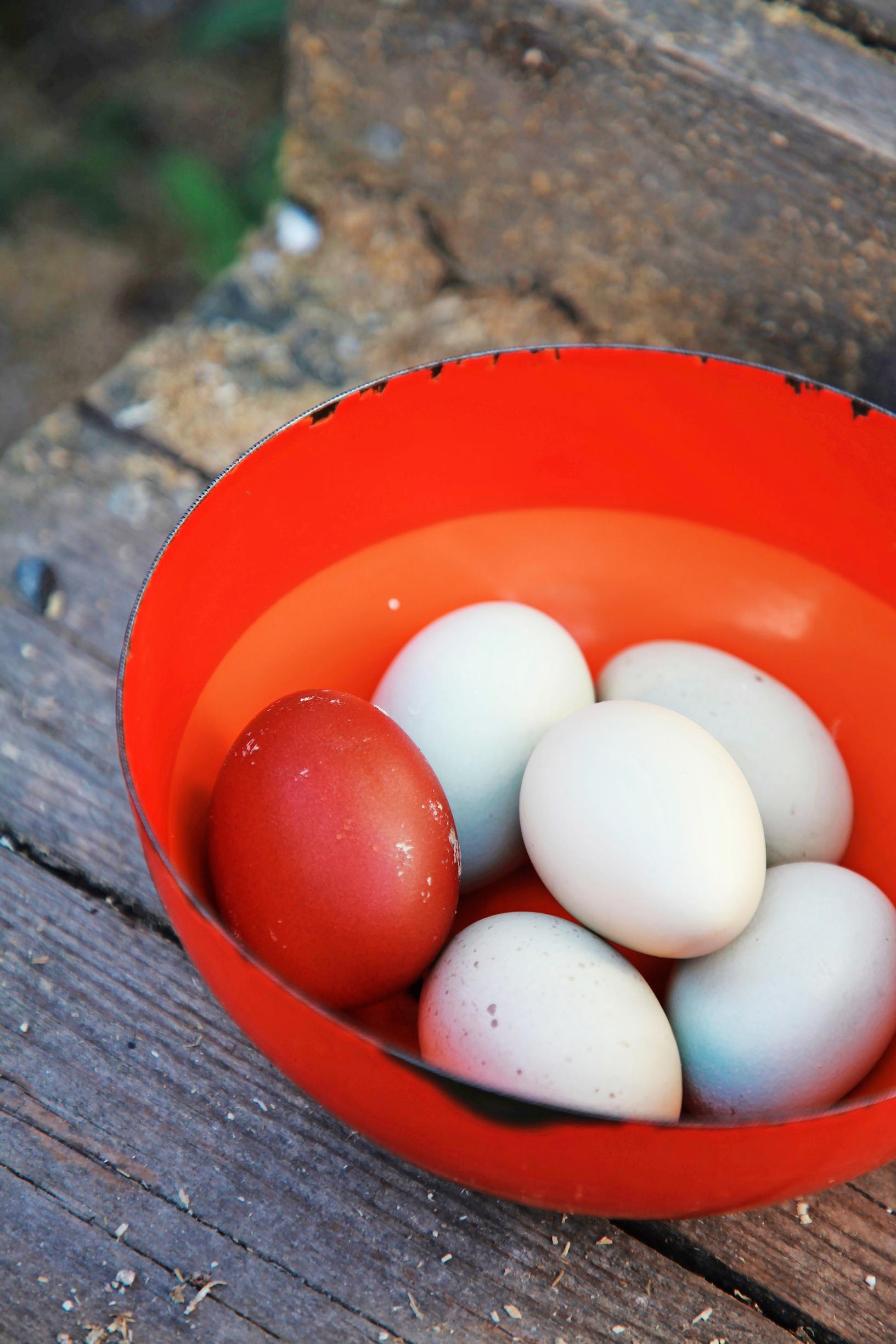

A year-round chicken coop was originally my partner’s idea. I’ve wondered if he’s ever regretted it, as nowadays he sighs when I turn on the incubator.
I get so excited waiting for the chicks to hatch that I lose sleep over it. Sometimes hatching is quick; other times, it’s painfully slow. If I see a hole in the egg, I would like to stay and watch the hatching rather than go to work.
Are there any unpleasant aspects to the hobby?
The hard part of this hobby is that half of the chicks are roosters. I’ve met people who can’t part with their roosters and have built rooster houses for them. I don’t have the facilities for that. Fortunately, there are people who take in roosters and raise them or utilize them in other ways.
I hatch plenty of chicks. I can’t keep all the hens, so choosing which ones to keep is sometimes hard. Luckily, they find new homes easily.
I have never cooked one of my own chickens. I keep some hens for as long as they live. When I need new variation in the flock, I find a new home for some hens that are still laying.
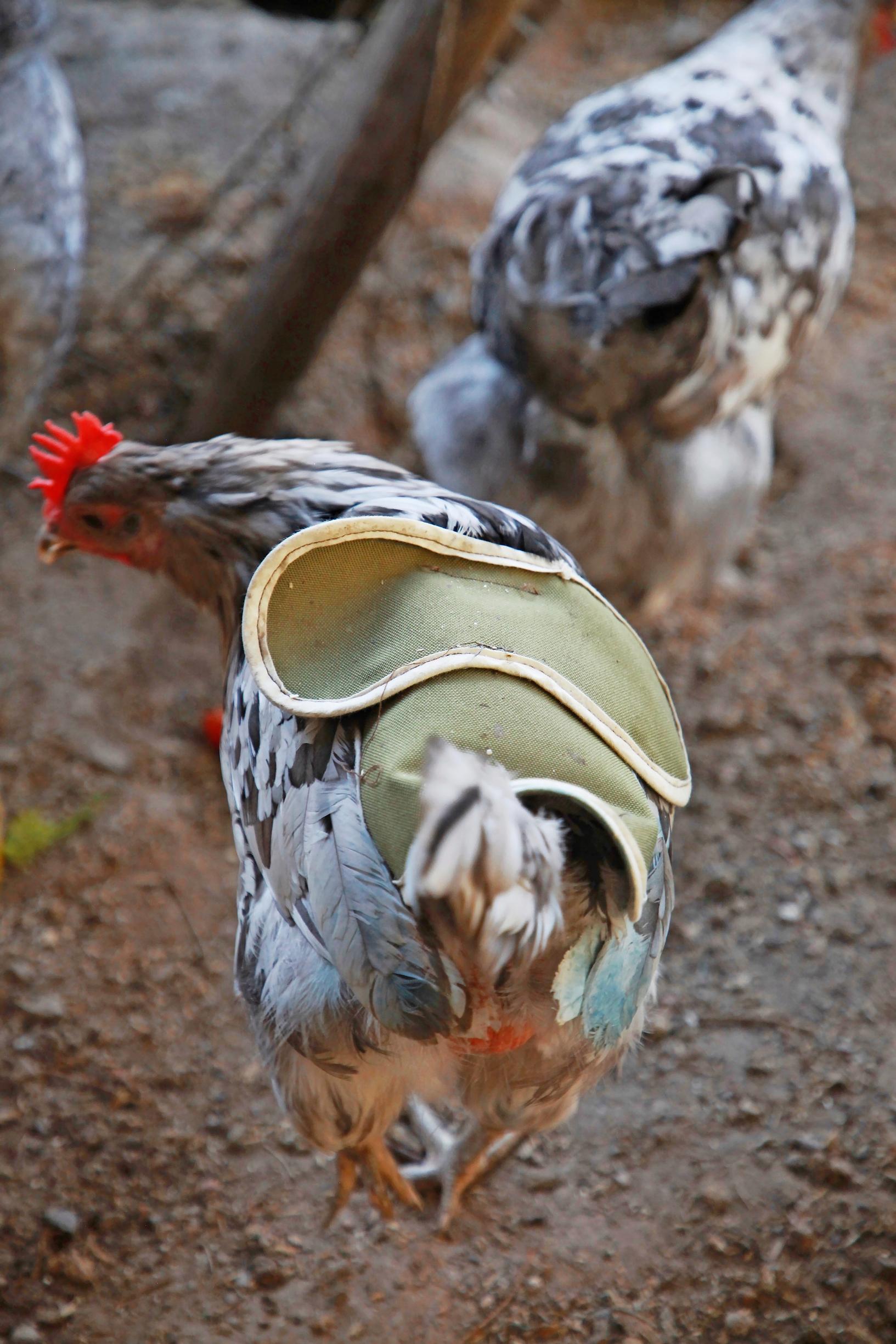
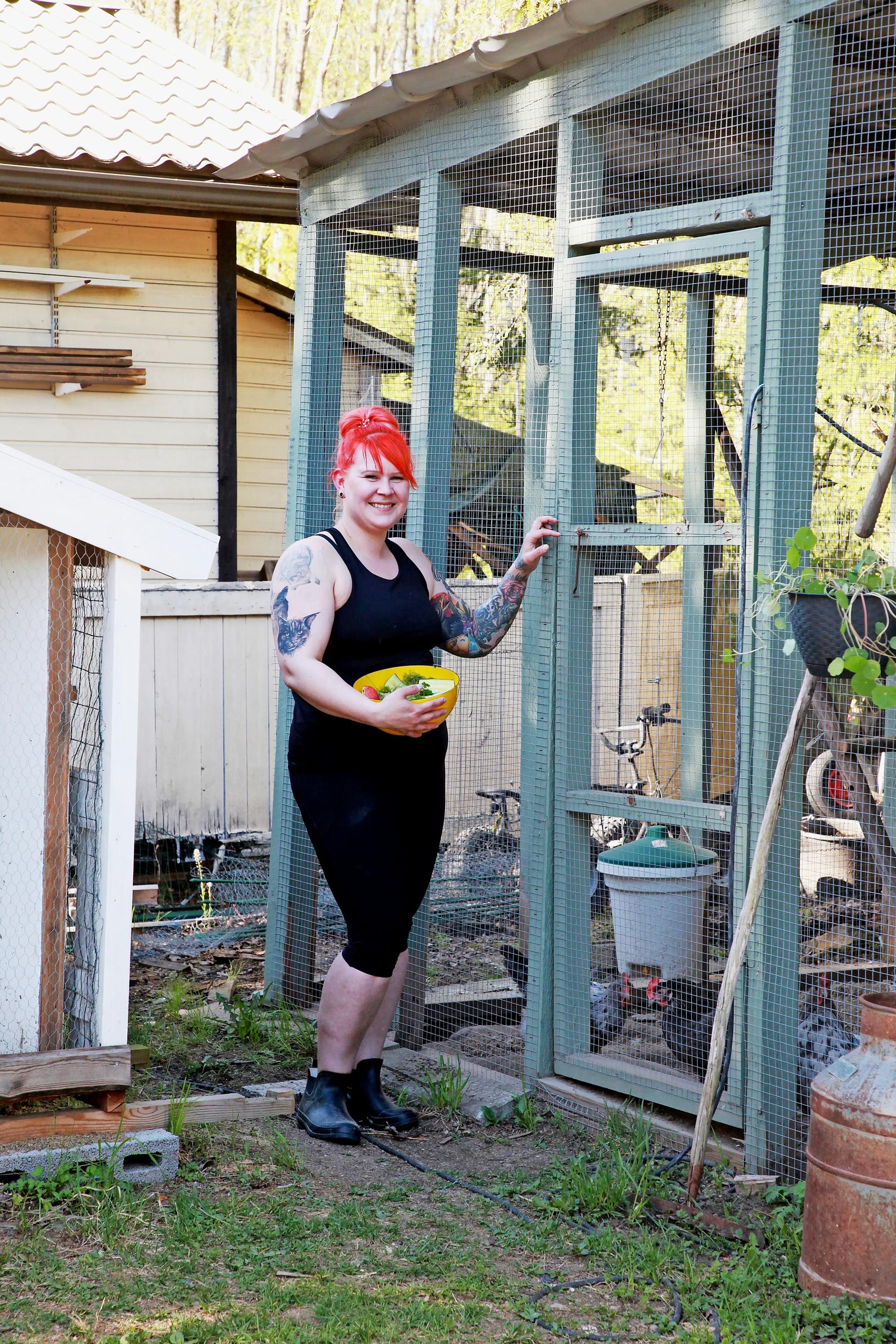
What do the eggs from your own chickens taste like?
The eggs are melt-in-your-mouth soft in both taste and texture. There’s no sign of getting tired of them; rather, I’m addicted to them. Every morning, I must have fried or boiled eggs! In the summer, we get about ten eggs a day, and you can use eight or nine in an omelette roll. It’s like a savory Swiss roll that you can fill with anything you like.
I don’t benefit financially from the chickens, not enough to make a profit. A surprisingly large amount of money goes into keeping chickens. We’re never short of eggs, but it would be cheaper to buy them at the store.
I always eagerly await the moment when a chick grows up and starts laying eggs. It’s wonderful to find the first little egg in the nest.
Follow Anna-Kaisa on Instagram @anskuorvokki.


